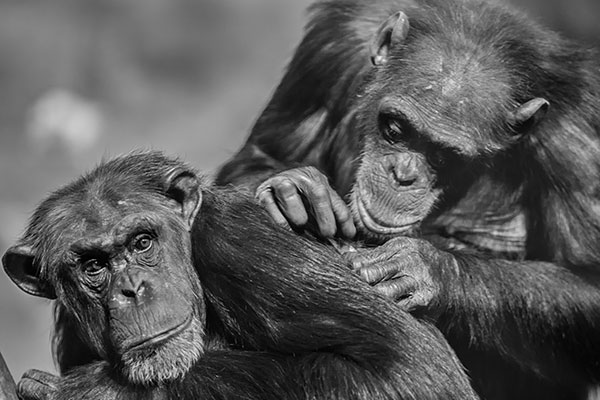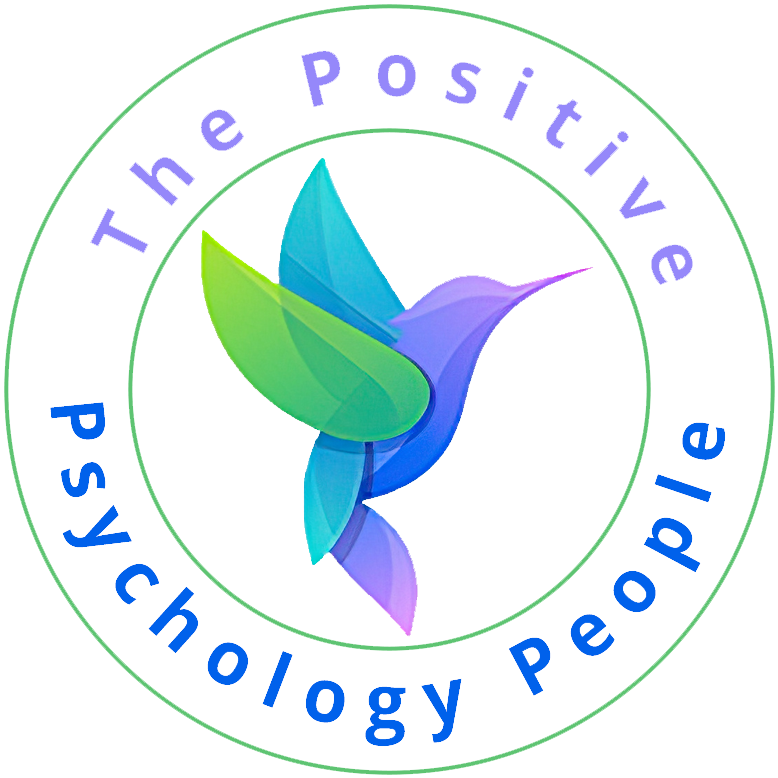
by Maggie Bevington | February, 2017 | Education, Neurology, Positive Psychology, self-growth
Changing Your Mind This week I find myself wondering how many of us don’t really understand how we think, or realise how important our thoughts and outlook are, or how much our mindset can affect our everyday lives, either negatively or positively. As I am currently preparing to deliver mindset training to staff and students in a local school, I feel positively excited. The opportunity to introduce a whole school to such powerful ‘tools’ that could help them to cope better with the stress, support brain growth (in size and neural connections) and maybe even help them to become smarter and more successful is just… brilliant! On visiting the school for an initial chat, the deputy head teacher explained that some students taking mock GCSE exams were having a ‘melt down’ with the stress of it all. I was instantly transported back in time to my own experience of high school exams. I have always felt nervous before exams and can vividly remember taking one look at a maths ‘O’ level paper and bursting into tears, saying ‘I can’t do any of this!” The invigilator spoke quietly to me and suggested I take a few breaths before taking another look at the paper. I did calm down enough to complete the exam and scraped through with a grade 6. I didn’t care that this was the lowest grade pass, I was just so delighted because I had convinced myself that I had failed: my inner talk being “I am no good at maths; my brain isn’t wired that way”. I never really enjoyed going to school much and...

by Lesley Lyle | December, 2015 | Neurology
Happy brain chemicals Animals have the same happy brain chemicals that we have. Dopamine, serotonin, oxytocin, and endorphin reward an animal with a good feeling when it meets a survival need. Animals don’t mask these impulses with words, so they help us understand the impulses we feel so powerfully. Dopamine Dopamine is released when a lion sees a gazelle it can catch. Dopamine creates the excitement you feel when you approach a reward. Endorphin Endorphin is released when a gazelle is bitten by a lion. Endorphin creates an oblivion that masks pain, which enables the gazelle to fight for its life. Oxytocin Oxytocin is released when a gazelle enjoys the protection of a herd. Oxytocin creates the nice safe feeling of social support. Serotonin Serotonin is released when a lion sees that it’s in the one-up position in regard to food or mating opportunity. Serotonin creates the feeling of being “special.” Impulses without words These impulses can be hard to see in yourself because you don’t consciously think them in words, but you can easily see them in others. It would be nice if our happy brain chemicals just flowed all the time, but they evolved to do a specific job. They are only released in small squirts and you have to do more to get more. This is nature’s operating system. The mammal brain rewards you with a positive feeling when you step toward meeting a need, and it alarms you with a bad feeling when you see a threat to meeting your needs. But it defines your “needs” in a quirky way. It cares about the survival...

by Lynn Soots | October, 2015 | Education, Neurology, Positive Psychology, self-development
Although it is commonly believed that there are 100 billion neurons in the human brain, we still don’t know the exact number. Many of the most important chemicals in our body are produced by those neurons. In fact there are chemicals associated with every emotional state we experience. What chemicals would you rather have in your body? The ones that are associated with happiness or the ones that are associated with stress, anger, guilt, etc.? One of the most important chemicals produced by our brain involved in positive habits is dopamine. Dopamine is the fuel that keeps us motivated. When we achieve a goal, dopamine is released in the brain, making us feel good. Scientists have known for years that dopamine is related to positive behavior, pleasure and joy, but recent studies indicate that dopamine is essential for habit formation. An even more substantial discovery is that we can tap into our dopamine reserves, and release dopamine at will. This is one of the most important discoveries I have made throughout my research. Releasing more dopamine will help you form positive habits by allowing you to feel joy as a reward. However as discussed earlier, you have to keep in mind your long-term goals while focusing on a short-term craving and desires. Focusing only on your cravings (I love hamburgers, so I will have one) may provide you the immediate pleasure, but may also distract you from establishing your desired habits (a healthy dietary routine). Creating Positive Rewards: Tap into Your Positive Charge As humans we are designed to work hard, to feel good when we accomplish something, and...

by Lesley Lyle | October, 2015 | Neurology
Political anger is often equated with intelligence and virtue, but it is more like an automatic reflex when viewed at a brain level. Each surge of political anger builds a pathway in the brain that makes it easier for new information to turn on the anger. The electricity in your brain flows like water in a storm, finding the paths of least resistance. When the path to your political anger is activated, you might justify it by invoking the greater good. But no good is served by such automatic responses, neither for an individual or a society. It’s better to understand the root of such responses instead. Emotion connect neurons Anger releases the energy we need to push away a potential threat. It’s one of the responses that helped our ancestors survive. Each time your brain releases its anger chemistry, connections build among all the neurons active at that moment. This is how your brain learns from experience. When a future situation resembles a past threat, electricity zips down the path to your anger and prepares you for survival action. Social animals experience social threats as survival threats, which is why mundane conundrums can be triggering. Conscious perception of threat is not necessary because electricity flows easily where it has flowed before. Common enemies build social bonds Mammals form social groups to protect themselves from common enemies. They stick with a group despite significant internal conflict because predators quickly annihilate isolated individuals. We have inherited a brain that seeks comfort in social bonds. Common enemies help us sustain those bonds despite inevitable frictions. Your mammal brain feels good about people who...





